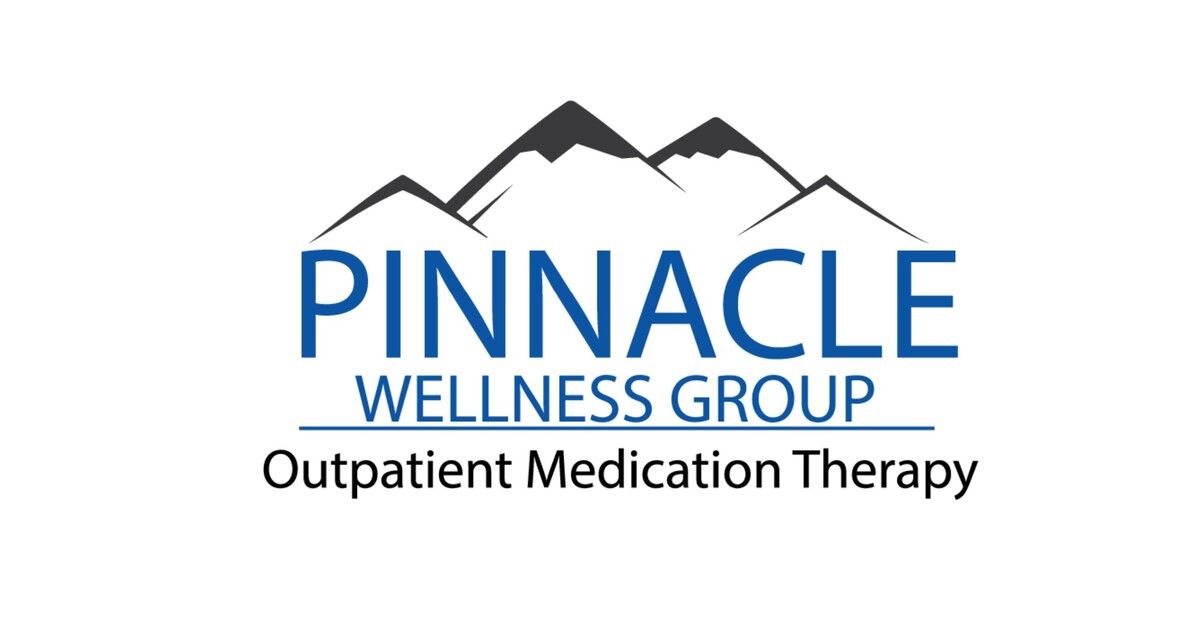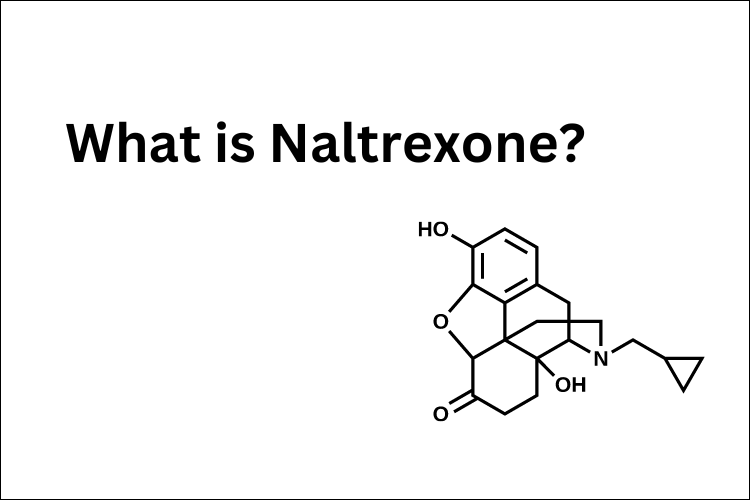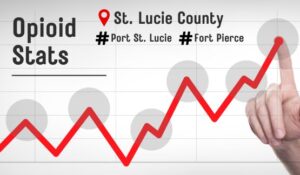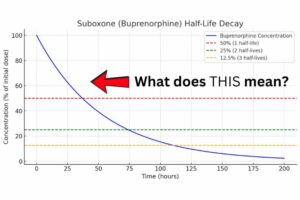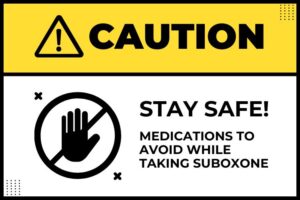Addiction to substances like alcohol and opioids is a global health concern that affects millions. In the journey toward recovery, effective treatment options play a vital role. Naltrexone is one such medication that has proven highly effective in managing alcohol and opioid dependence. This guide will explore Naltrexone’s mechanisms, benefits, and applications, offering a detailed look at how this medication supports recovery.
What is Naltrexone?
Naltrexone is an opioid antagonist, which means it blocks opioid receptors in the brain. Unlike substances like heroin or prescription painkillers, it does not produce any euphoric effects. Instead, Naltrexone prevents opioids from activating these receptors and diminishes the pleasurable sensations associated with alcohol use. This makes it an effective tool for those recovering from opioid use disorder (OUD) and alcohol use disorder (AUD).
How Naltrexone Supports Recovery
The medication works by blocking the euphoric and sedative effects of opioids and alcohol, thereby reducing cravings and preventing relapse. For those struggling with opioid or alcohol addiction, it can be a game-changer, offering consistent support while they focus on holistic recovery through counseling, behavioral therapy, and lifestyle changes.
How Does Naltrexone Work?
To understand the action of Naltrexone, it’s important to know how substances like opioids and alcohol affect the brain. These substances bind to and activate specific receptors, known as opioid receptors, which produce a sense of pleasure, relaxation, and euphoria. Over time, continuous use can lead to dependence, as the brain becomes accustomed to these feelings.
Naltrexone binds to these receptors without activating them, effectively blocking the pleasurable effects of opioids and alcohol. When someone takes Naltrexone, they are less likely to experience cravings or desire for the substance. This blocking action makes it easier to avoid relapse and supports a smoother path to long-term recovery.
Uses of Naltrexone
For Opioid Use Disorder (OUD)
Naltrexone plays a significant role in treating opioid dependence. When someone is addicted to opioids, stopping the substance suddenly often leads to withdrawal symptoms and an increased risk of relapse. By blocking opioid receptors, Naltrexone prevents the euphoric effects if an individual relapses and uses opioids again. However, it is crucial to detoxify completely from opioids before starting Naltrexone (generally 7-10 days opioid-free) to prevent severe withdrawal.
For Alcohol Use Disorder (AUD)
The medication is also effective for those struggling with alcohol dependence. Studies suggest that Naltrexone helps reduce cravings and the rewarding effects of alcohol consumption. This makes it easier for individuals to either moderate their drinking or abstain altogether. When used as part of a comprehensive recovery plan that includes counseling and support, it has shown significant effectiveness in helping patients reduce alcohol intake.
Forms and Dosage
Oral Tablets
Naltrexone is available in oral tablet form, typically taken once daily at a standard dose of 50 mg. While the daily pill provides a simple dosing schedule, adherence can be challenging for some. Consistent medication routines are essential for its effectiveness, as missing doses can reduce its efficacy.
Extended-Release Injection
For those who prefer a longer-acting option, extended-release injectable Naltrexone (Vivitrol) offers a once-monthly injection administered by a healthcare provider. The injection provides a consistent release of medication, reducing the risk of missed doses. This makes it particularly suitable for individuals who struggle with daily medication adherence.
Benefits of Naltrexone Treatment
Reducing Cravings for Alcohol
One of the biggest challenges individuals face in recovery from alcohol use disorder is the intense craving for alcohol. Naltrexone helps reduce these cravings, allowing individuals to regain control over their drinking and maintain sobriety.
Blocking the Effects of Opioids
For individuals recovering from opioid dependence, the ability of Naltrexone to block opioid effects is highly beneficial. Even if someone experiences a lapse and uses opioids, they will not feel the typical “high,” which can help prevent further use and support continuous recovery.
Long-Term Support for Recovery
Naltrexone, whether in oral or injectable form, consistently supports individuals on their recovery journey. It offers a solid foundation for achieving long-term recovery goals, combined with other treatment modalities such as therapy, support groups, and lifestyle interventions.
Who Should Use Naltrexone?
Naltrexone is suitable for those seeking treatment for opioid or alcohol dependence. However, some key considerations include:
- Detoxification is Required: For opioid use disorder, full detoxification is required before starting Naltrexone to avoid triggering withdrawal symptoms.
- Medical Supervision is Recommended: Treatment with Naltrexone should be managed by a healthcare provider, ensuring regular monitoring of progress and addressing any side effects.
- Contraindications: Individuals with certain medical conditions, such as acute hepatitis or liver failure, may not be suitable candidates for Naltrexone, as the medication can impact liver function.
Possible Side Effects of Naltrexone
Though generally well-tolerated, Naltrexone can have side effects. The common ones include:
- Nausea: Often experienced during the initial days of treatment.
- Headache and Fatigue: Mild and usually temporary.
- Dizziness: A sensation of lightheadedness.
- Anxiety: Some individuals may experience increased anxiety levels.
- Injection Site Reactions: Pain, redness, or swelling may occur if taking the injectable form.
These side effects are usually mild and diminish over time. Nonetheless, it’s essential to consult with a healthcare provider to understand how to manage any discomfort.
The Importance of a Comprehensive Treatment Plan
It’s crucial to recognize that Naltrexone is most effective as part of a comprehensive treatment plan. This means it should be combined with therapies that address behavioral changes, psychological support, and overall lifestyle modifications. Recovery from addiction is multi-dimensional and requires support beyond medication.
Therapy and Support Groups
Regular counseling sessions and involvement in support groups can reinforce positive changes, build coping strategies, and provide emotional support.
Lifestyle Modifications
Adjusting daily habits and routines to support a healthy lifestyle, such as exercising, mindfulness practices, and developing new hobbies, further aids recovery.
Frequently Asked Questions (FAQs)
What differentiates Naltrexone from other addiction medications?
Naltrexone is unique because it acts as an opioid antagonist, reducing cravings and preventing relapse without causing any euphoric effects or dependence.
Can Naltrexone be taken long-term?
Yes, Naltrexone is safe for long-term use under medical supervision. The duration of treatment will be tailored to individual needs and should be monitored by a healthcare provider.
How quickly does Naltrexone take effect?
Many individuals notice a reduction in cravings within the first few days of taking Naltrexone, although this can vary depending on the person and substance involved.
Can Naltrexone be used with other medications?
It is possible to take Naltrexone alongside other medications, but it is essential to discuss all medications with a healthcare provider to prevent interactions.
What support should accompany Naltrexone treatment?
Naltrexone works best as part of a holistic treatment plan, which includes counseling, behavioral therapies, and lifestyle modifications for the most successful recovery outcomes.
Are there any dietary restrictions while taking Naltrexone?
There are typically no specific dietary restrictions while taking Naltrexone, but it is recommended to maintain a balanced diet to support overall well-being during recovery.
Conclusion
Naltrexone is a powerful medication that provides essential support for those recovering from alcohol and opioid dependence. By reducing cravings and blocking the pleasurable effects of these substances, it helps individuals maintain sobriety and reduce the risk of relapse. Available in both daily oral and monthly injectable forms, Naltrexone provides options tailored to individual needs and recovery goals. However, it is important to recognize that Naltrexone works best when used as part of a comprehensive recovery plan. This plan should include therapy, lifestyle changes, and regular medical supervision to provide the most holistic support for long-term success. If you or someone you know is considering Naltrexone as part of their recovery journey, consulting with a healthcare provider is the first step toward understanding its benefits and suitability.
